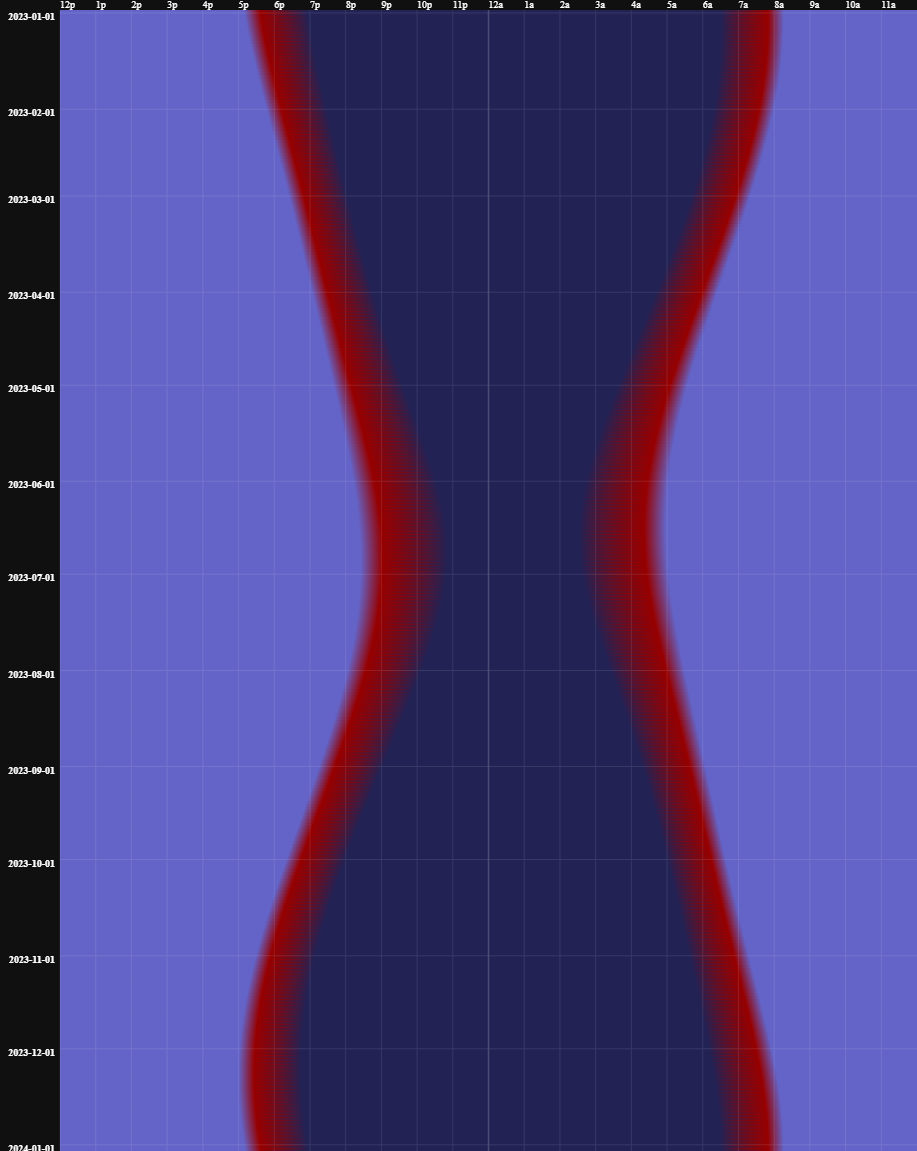I live in northern hemisphere around 44th latitude. Starting from Winter Solstice, December 21, 2018 the duration of daylight is naturally increasing. What I observe, however, is that the duration increase is happening more in the evening rather than in the morning. In other words as days pass, the sunset seems to move forward much faster to a later hour than the first morning light moving backward to an earlier hour.
Is what I am observing a true phenomenon or is it merely a wrong observation? If so why is this happening in an uneven fashion?
EDIT
I found the sunrise/sunset times for my area. It in fact confirms the situation. In the first half of January sunrise moved back only 3 minutes while sunset moved forward 15 minutes with respect to civil time.


